January 1st, 2024
7minute read
Americans love football.
On January 1, 1945, American troops based in Italy did just that.
The U.S. Army announced it and promoted it.
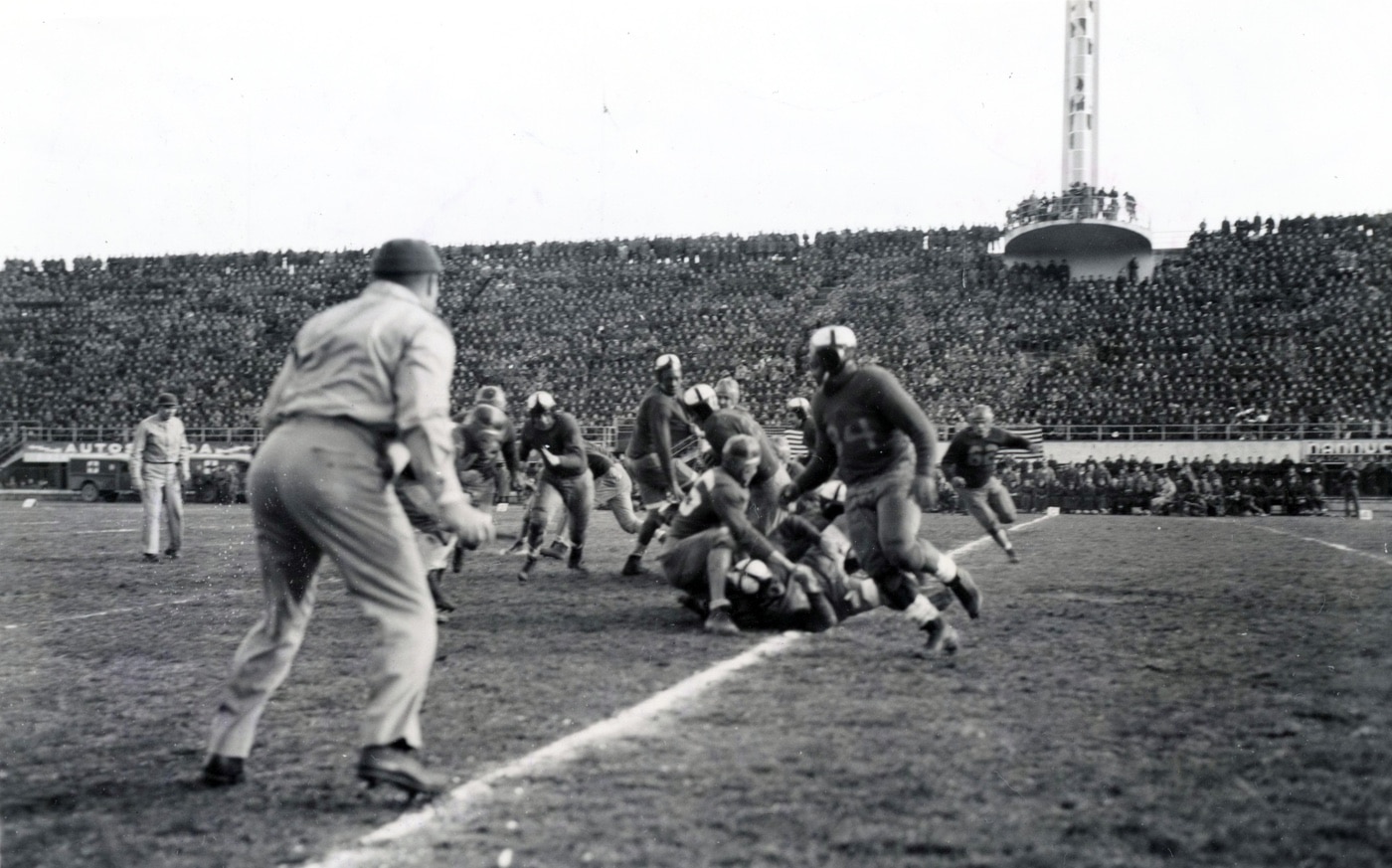
The 12th Air Force Bridgebusters advance the ball on a running play during the Spaghetti Bowl on January 1, 1945. John Moody, #34, of the Fifth Army Krautclouters moves to make the stop. Image: NARA
Then, the German Luftwaffe heard about it, and threatened to find the stadium and bomb it.
Teams from the US 5thArmy and the US 12thAir Force played it.
Photos show the teams equipped with proper uniforms, including leather helmets and pads of the era.
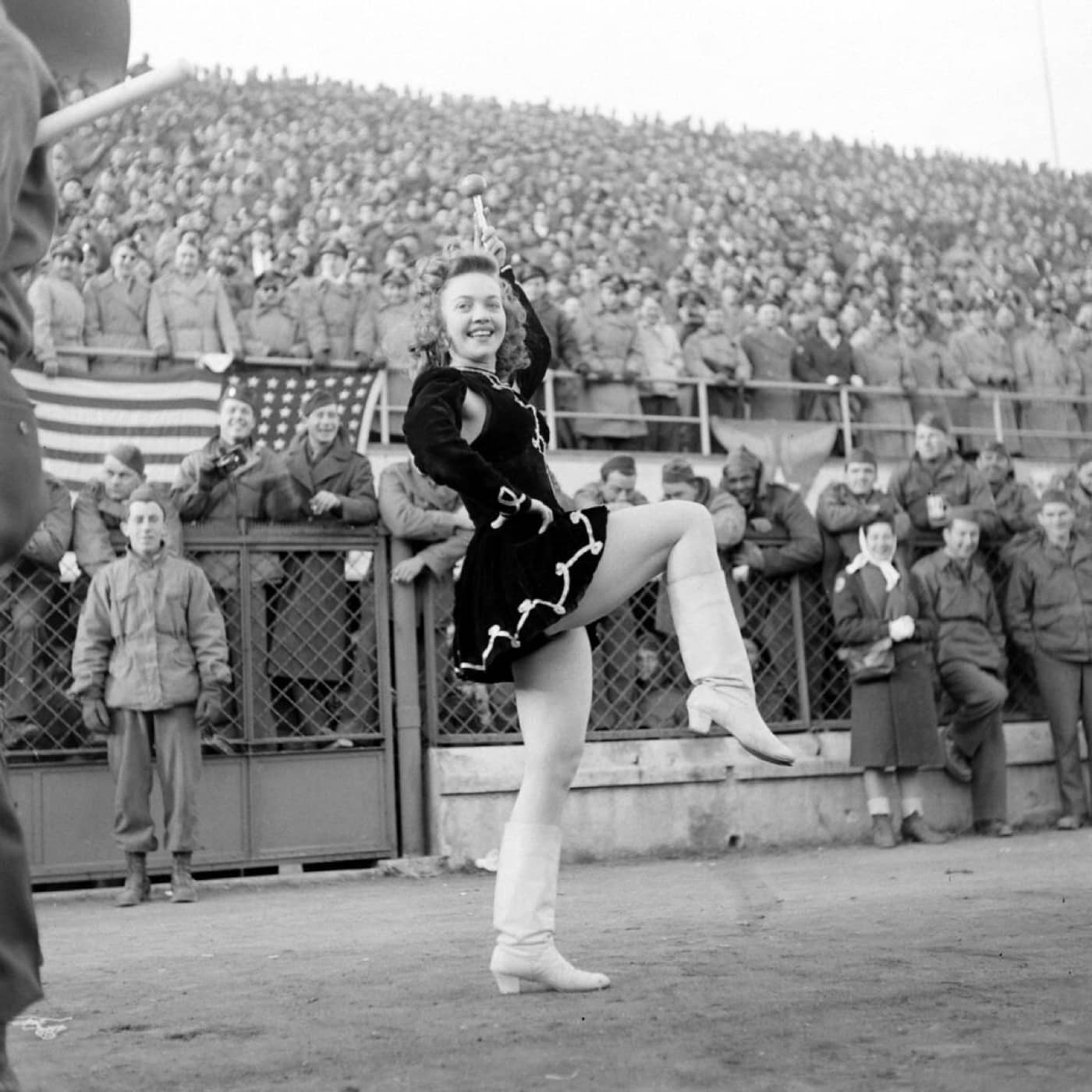
Majorette Peggy Jean high-steps for the Spaghetti Bowl crowd. Image: Author’s collection
Even so, goal posts were erected, fields marked with chalk, and gentlemen officers enlisted as referees.
American troops even took a football with them to Northern Russia during their intervention there in 1918-1919.
Hazy photos show the boys blocking and tackling in the receding snow near Archangel in the spring of 1919.
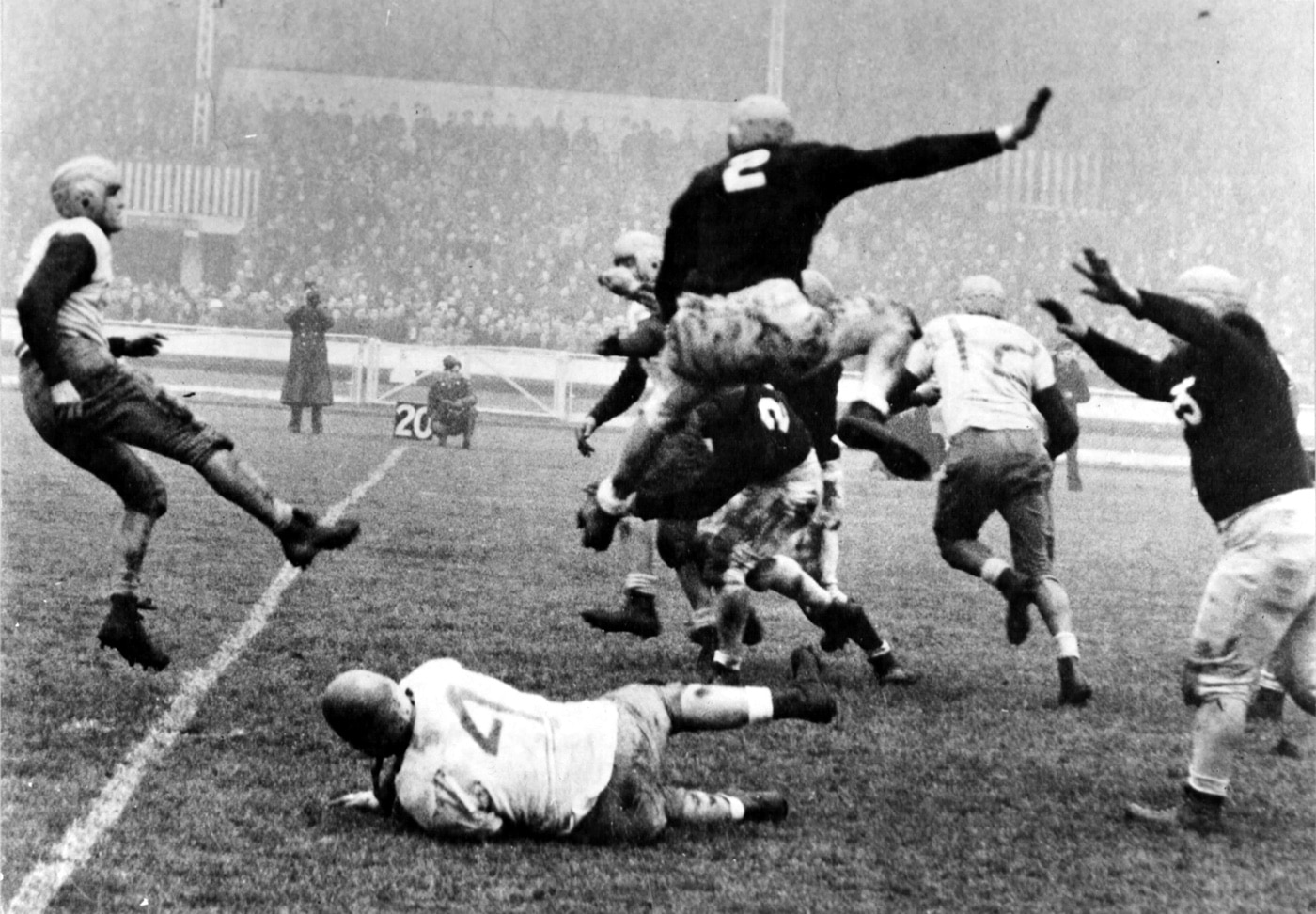
In November 1944, the U.S. Army (dark jerseys) take on the U.S. Navy (light jerseys) in an American football game. Played in London before 60,000 GIs, the Army won 20-0. Image: NARA
By the time the United States entered World War II, football had grown into an American institution.
The college game was dominant, but pro football was advancing as the NFL picked up steam.
Football was quickly becoming Americas favorite pastime.
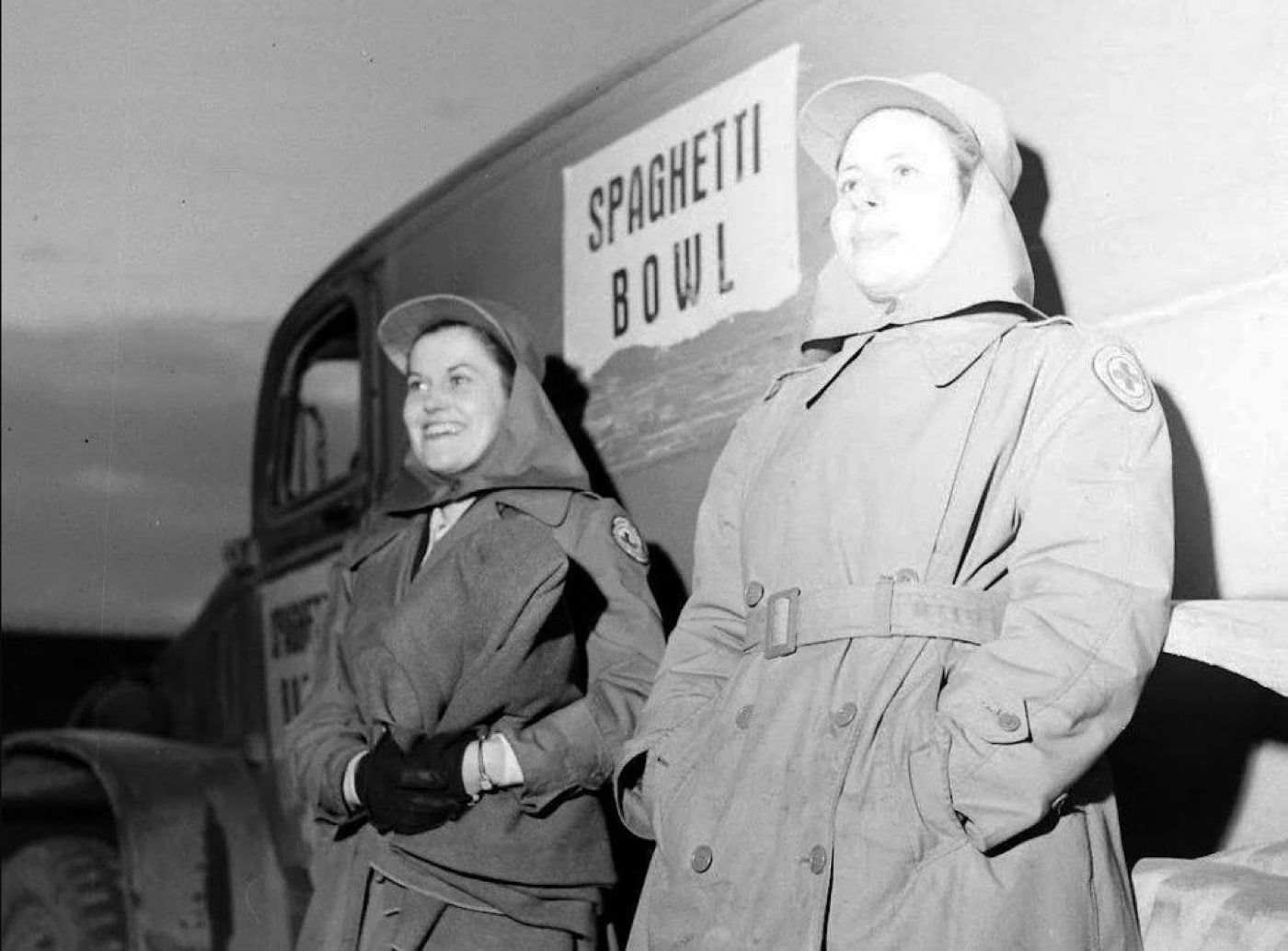
At the Spaghetti Bowl, coffee and donuts were provided by the American Red Cross. Image: Author’s collection
But it wasnt long before American football games broke out in some of the most unusual places.
The Marines played football in Australia.
The U.S. Army Air Forces played ball in China.
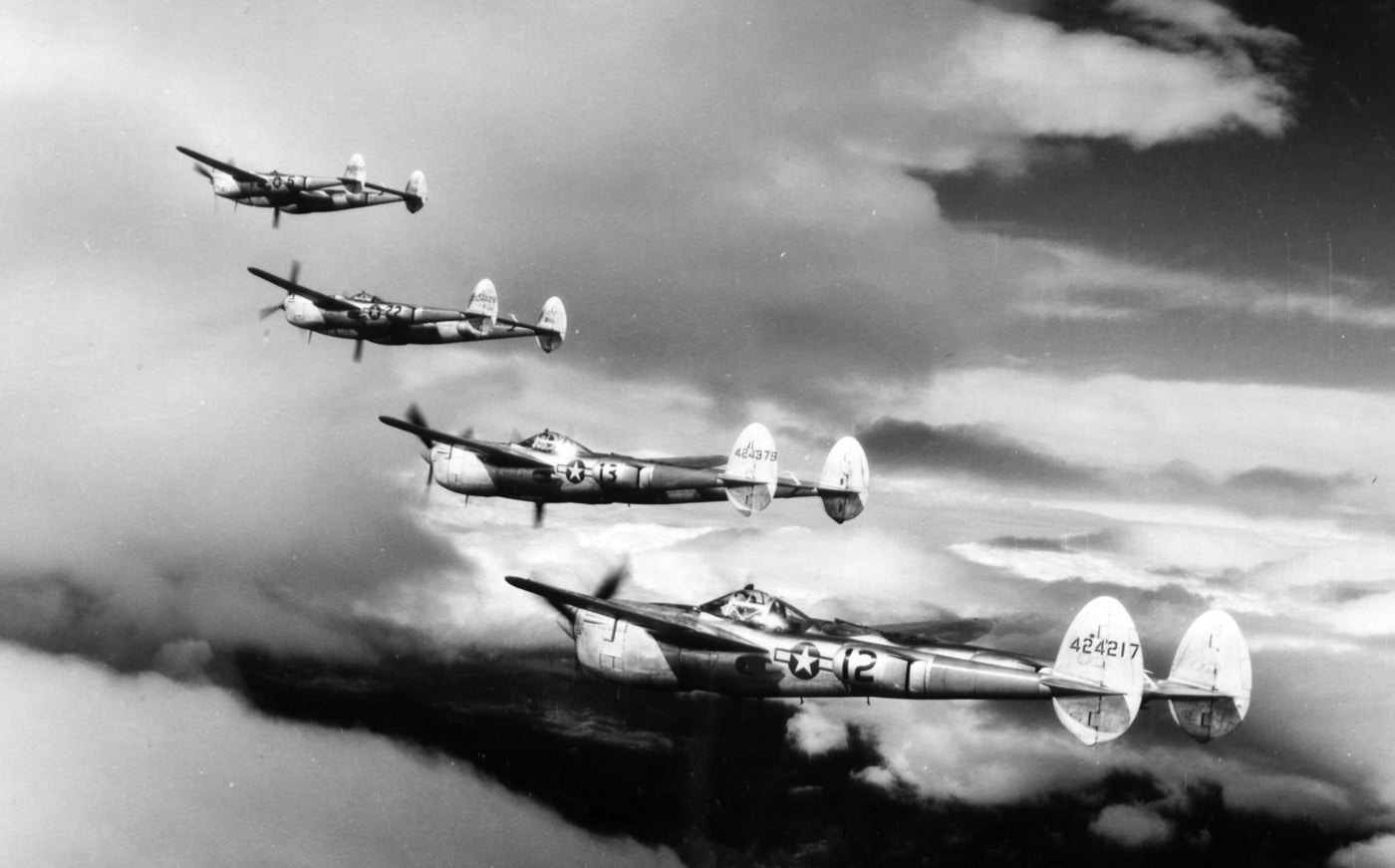
Lockheed P-38 Lightningfighters provided air cover in case the Luftwaffe tried to interrupt the Spaghetti Bowl football game. Image: NARA
Army won that game, but big-time football was just getting started in the ETO.
The Spaghetti Bowl
As the calendar changed to 1945, the war still raged in Europe.
In Italy, the fighting was a slow, bloody slog in the mountains.
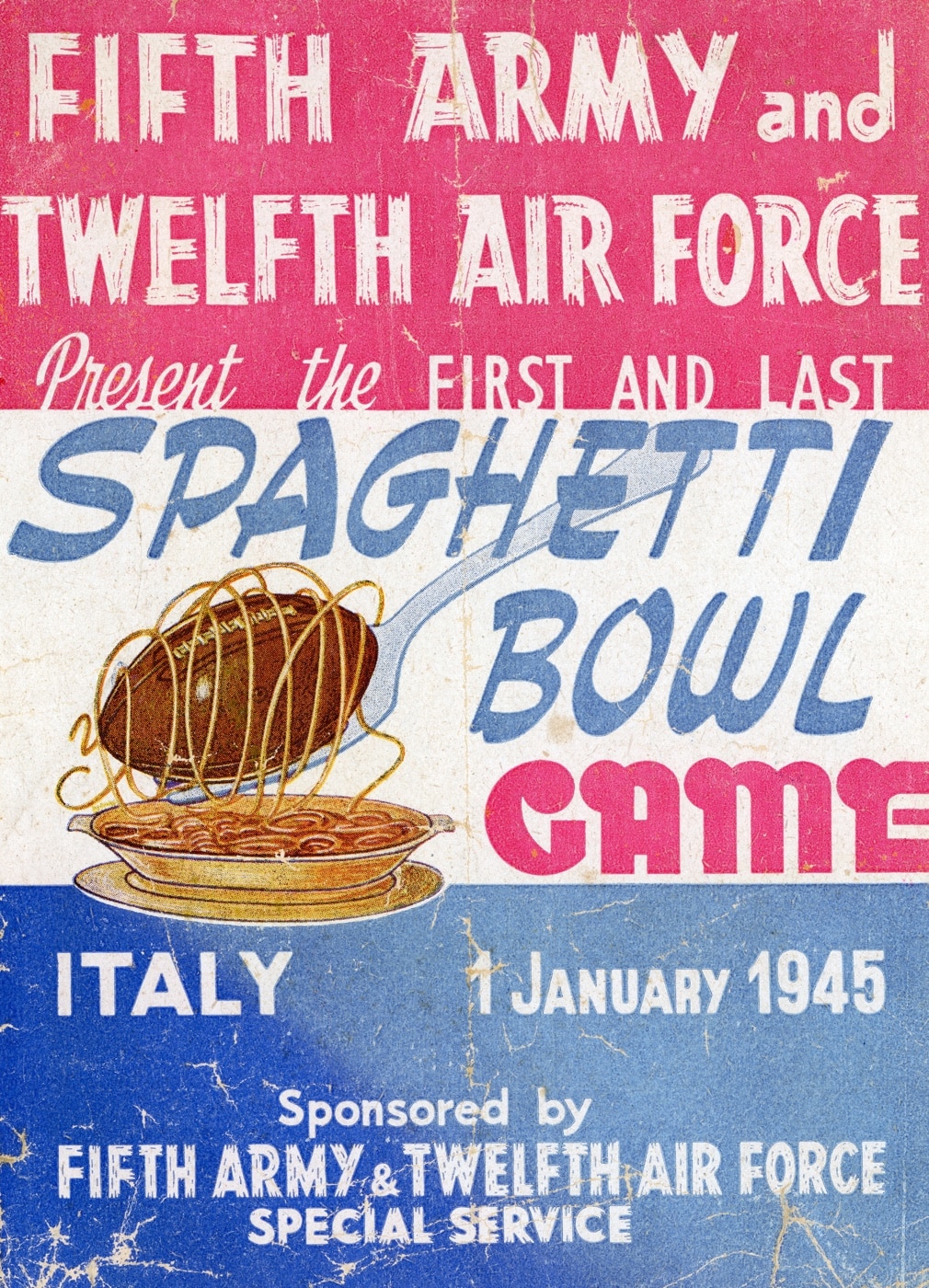
An official program from the first — and only — Spaghetti Bowl of World War II. The American football game was a contest between the Fifth Army and Twelfth Air Force in Italy.
Keeping up morale was critical.
The result was the iconic Spaghetti Bowl.
Despite maintaining the games specific location as a military secret, the event was still promoted, and G.I.
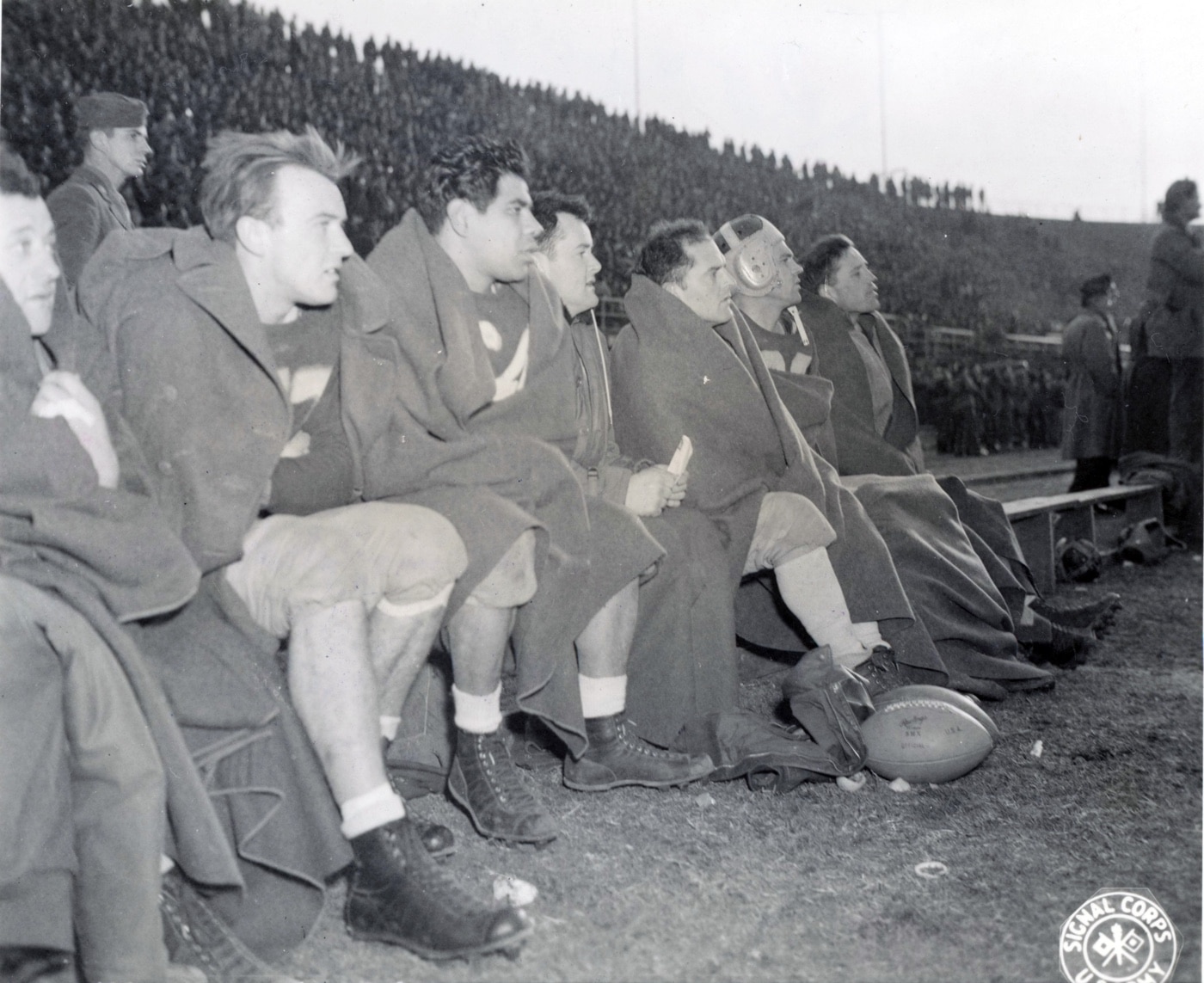
The Twelfth Air Force football team watches a play develop from the bench. The coats and blankets are a visual reminder of the cold temperatures during the game. Image: NARA
fans were recruited and given brief leave to Florence to attend.
Media reports noted that a German broadcast said the Luftwaffe called it a great opportunity to bomb Florence.
P-38 Lightning fighters patrolled the skies overhead, in case the German air force decided to drop by.
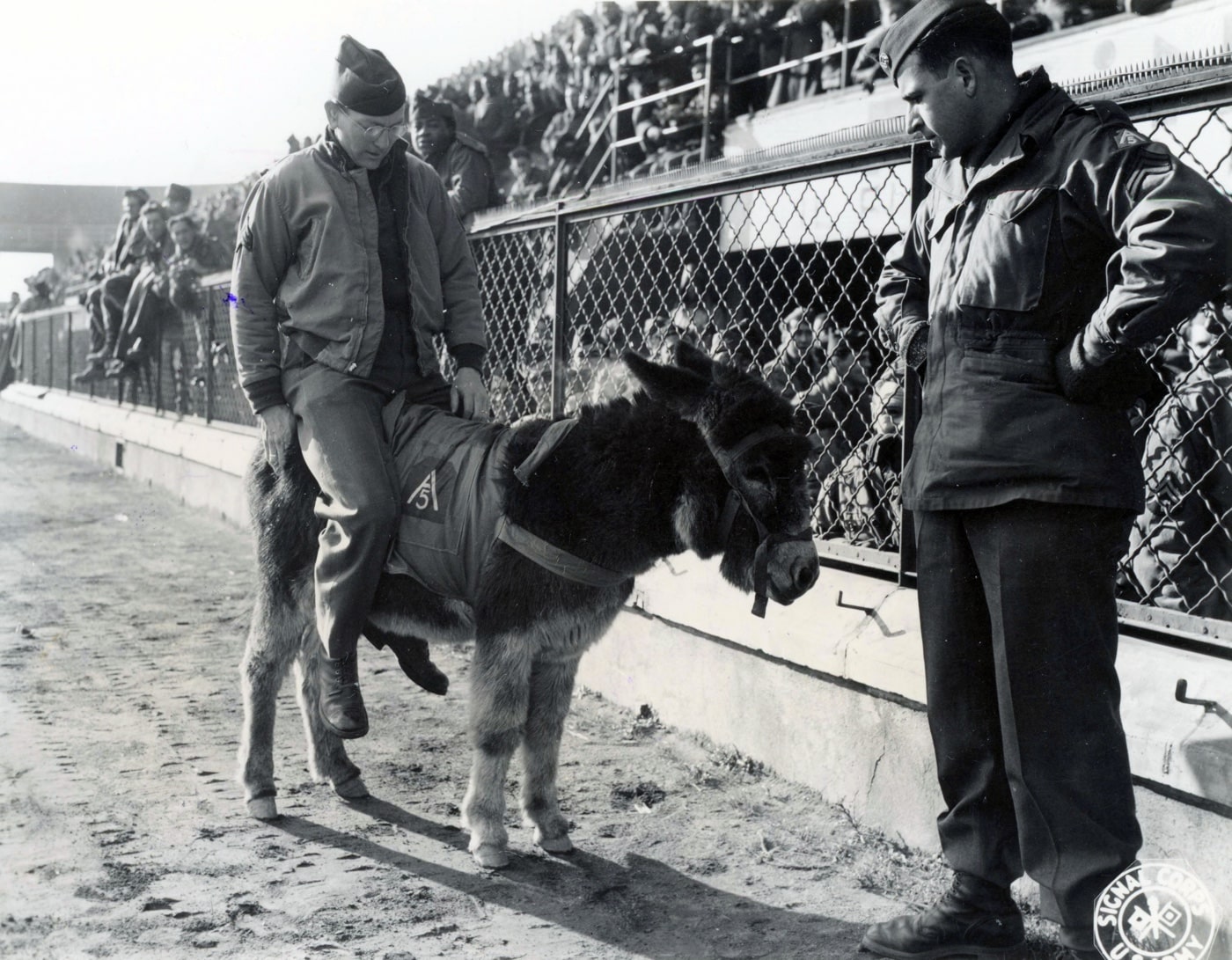
The Fifth Army football team selected a mule for its mascot. Image: NARA
In the end, no Nazi aircraft made it to Florence for the game.
Itll be a battle of two undefeated clubs for the simple reason neither has yet played.
It all started with a challenge the 12thAir Force tossed at the 5thArmy…
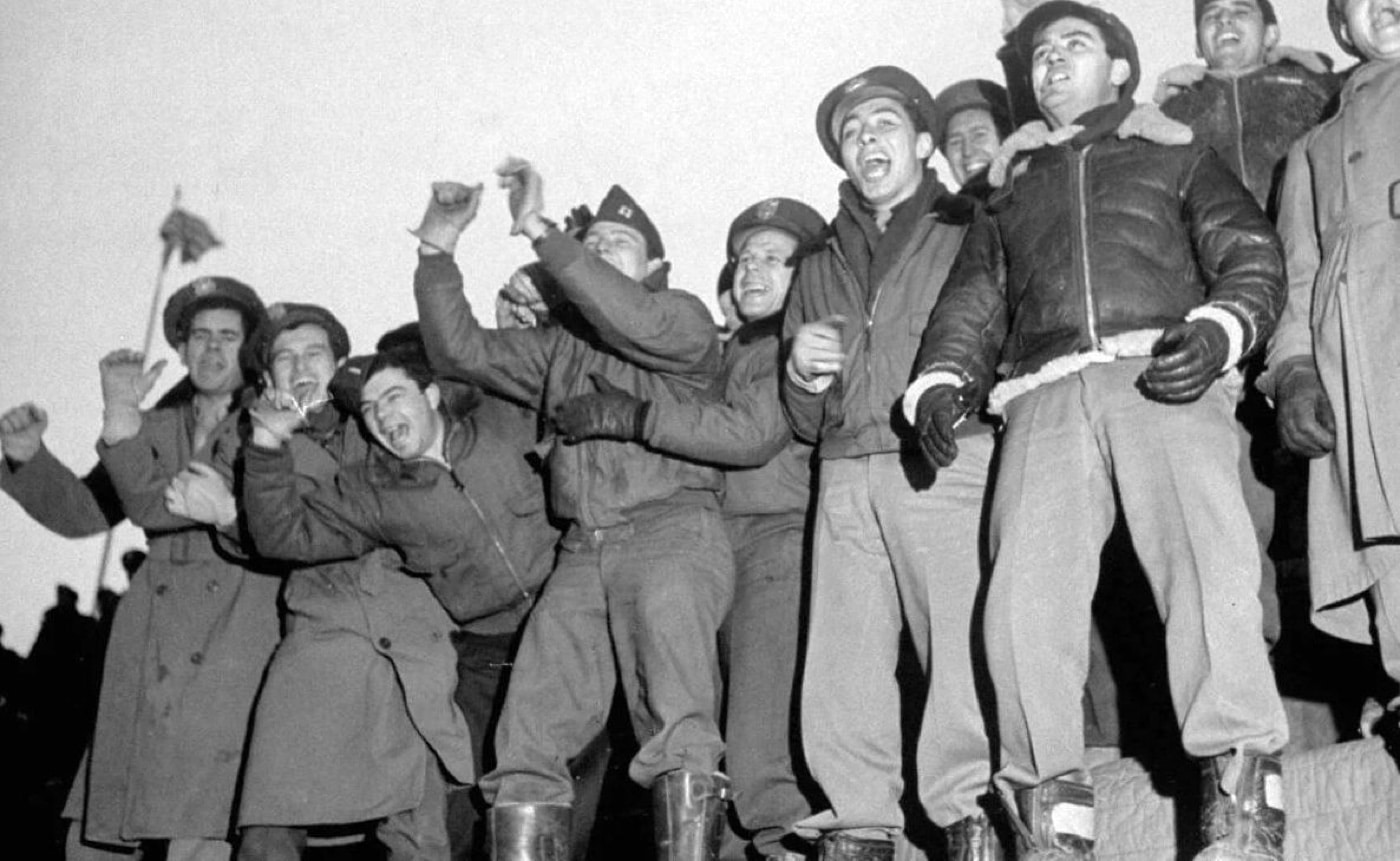
Despite being shut out by Fifth Army, the fans of the 12th Air Force football team vigorously supported their team. Image: Author’s collection
Both rosters were full of experienced players, many from major colleges and a handful with pro experience.
Captain for the Army team was former Philadelphia Eagles tackle Cecil Sturgeon.
Ultimately, the star of the Spaghetti Bowl had pro football experience, but not in the NFL.
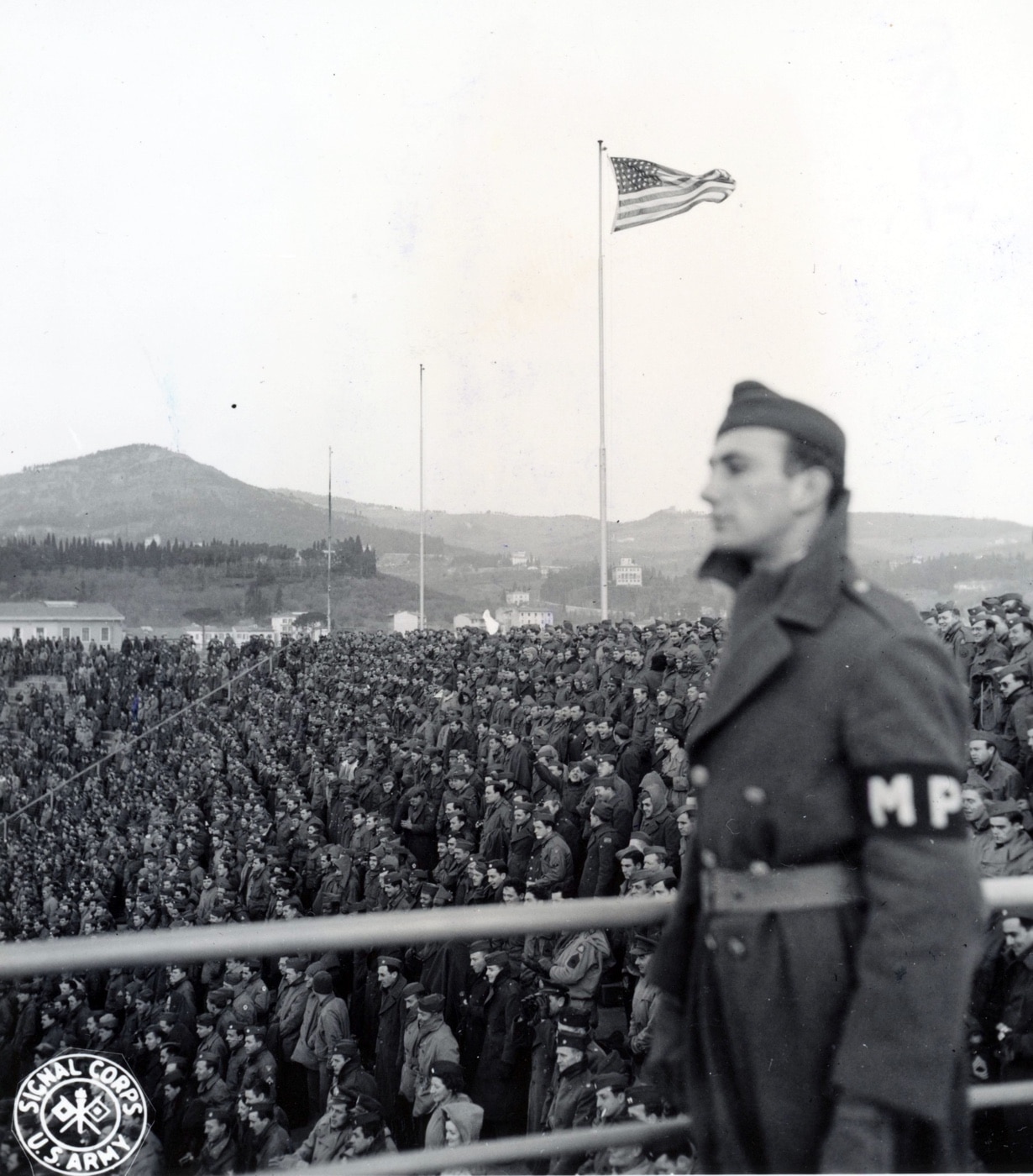
Old Glory flies over the stadium where the Americans played the Spaghetti Bowl in 1945. Image: NARA
Moody, a 230-lb.
After the war, Moody played for a short time with the Montreal Alouettes of the Canadian Football League.
In 2022, he was inducted into the Black College Football Hall of Fame.
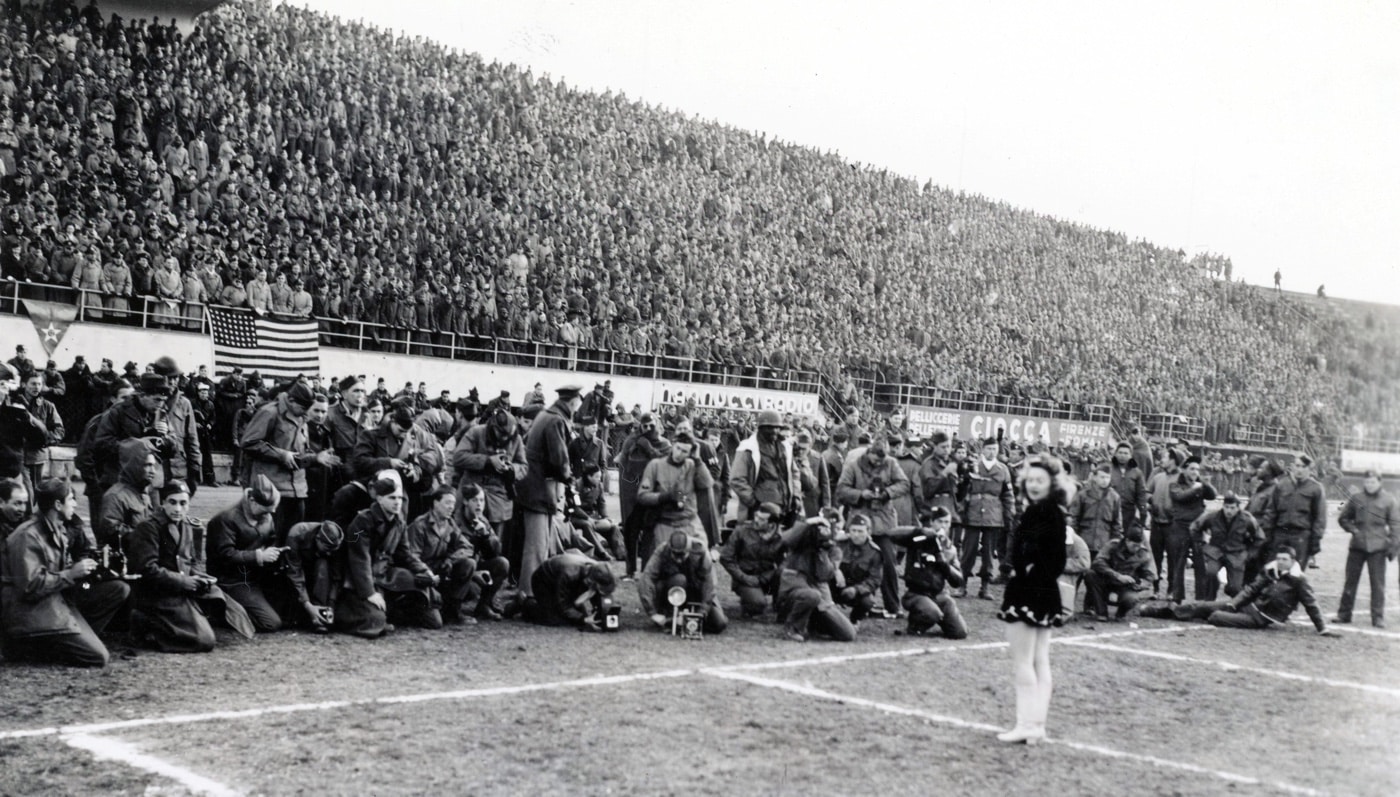
Soldiers packed into the crowded stadium to see the Spaghetti Bowl. The Italian Campaign was a tough slog and the New Year’s Day football game was a great morale boost. Image: NARA
Meanwhile, the USO was on hand to provide coffee and donuts.
By any measure, the Spaghetti Bowl was a successful operation for the U.S. military.
Five months later, five long and awful months, World War II in Europe would be over.




